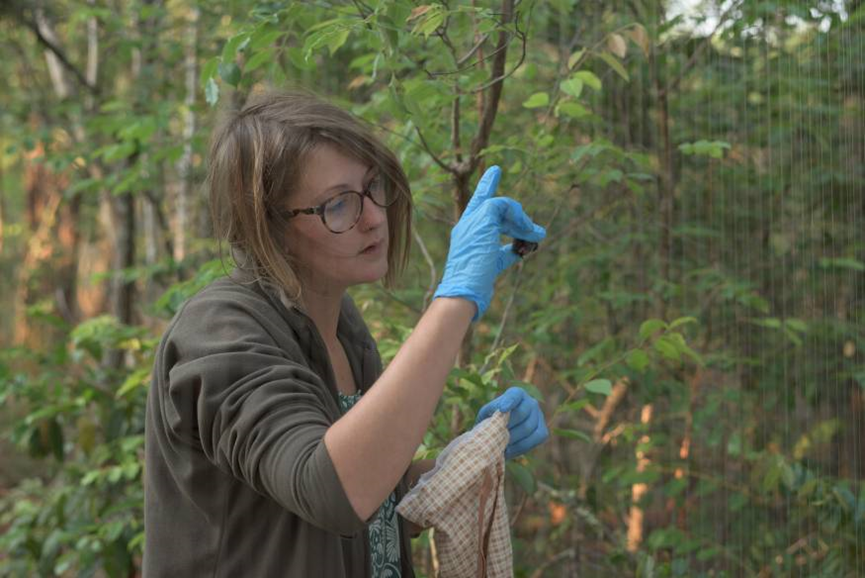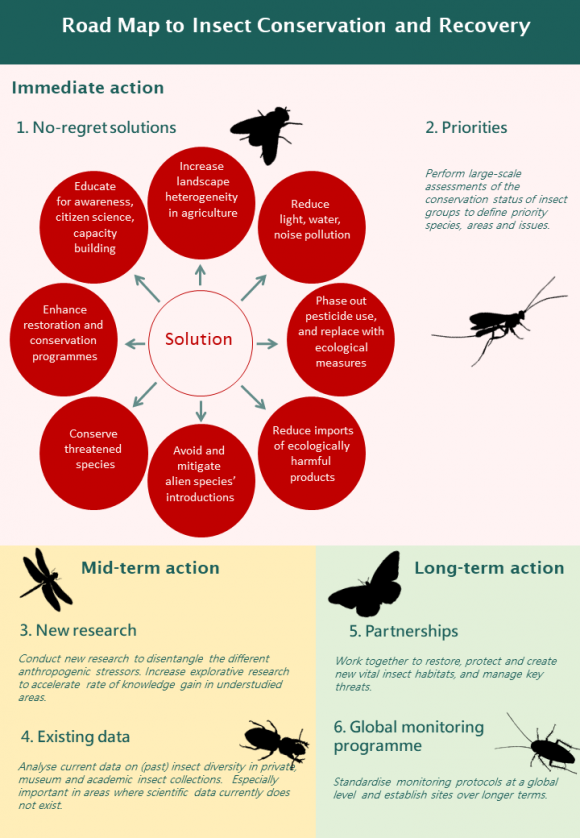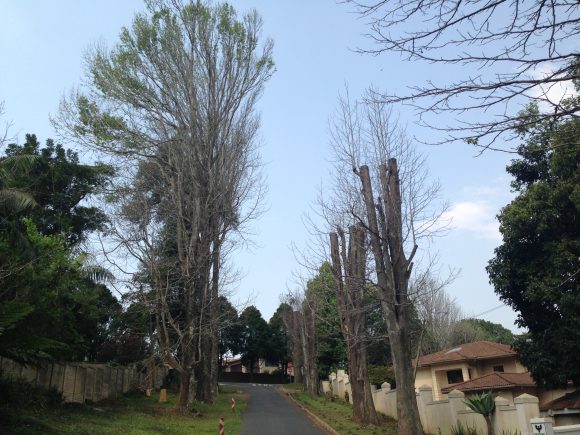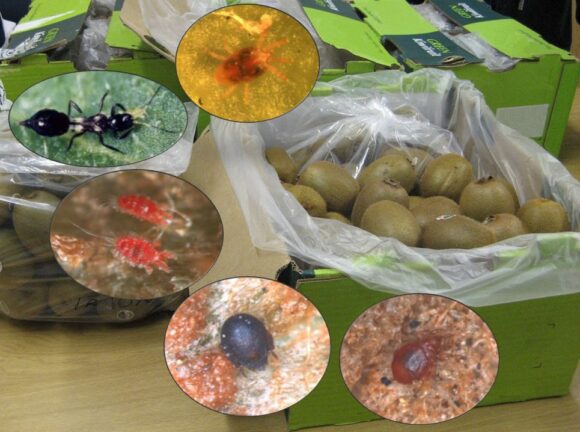17 August 2018 | By Sina Weier
As recently published in the journal Biological Conservation, natural vegetation is the most important factor increasing the activity of insect-eating bat species on macadamia orchards. The study was conducted by PhD students, Sina Weier and Valerie Linden, and C·I·B Core Team Member, Professor Peter Taylor, all from the University of Venda.

Insectivorous bat species provide an important ecosystem service by reducing the number of insect pests in agricultural areas. Previous work by Professor Taylor has shown that bat predation of pest stinkbugs has a significant cost benefit for macadamia growers. However, bat populations keep declining and there is a general lack of knowledge on how to manage and improve the conservation of bat communities, especially in agricultural areas.
The study conducted on five macadamia orchards in Levubu, Limpopo, showed that the overall activity of bats increased with the abundance of true bugs (which include the main macadamia pests) and the amount of natural vegetation close to the macadamia plantation. The study further showed that semi-natural vegetation such as fallow land increased the activity of a certain group of bats, which preferably forage above vegetation and in open areas.
“Our results suggests that macadamia farmers need to keep natural vegetation intact or even restore it if they would like to profit from the pest control services that bat species provide naturally. It should also be kept in mind that the biocontrol that bats provide decreases the need for pesticide use,” says Sina Weier, lead author of the paper. She adds that “future work will assess the prevalence of pest species such as the twin-spotted stinkbug in the diet of these bat communities which preliminary results suggest to be quite high.”

Read the paper in Biological Conservation:
Weier, S.M., Grass, I., Linden, V.M.G., Tscharntke, T. and Taylor, P.J. 2018. Natural vegetation and bug abundance promote insectivorous bat activity in macadamia orchards, South Africa. Biological Conservation. Volume 226, October 2018, Pages 16-23. https://doi.org/10.1016/j.biocon.2018.07.017
For more information, contact Sina Weier at sinamonika@googlemail.com



